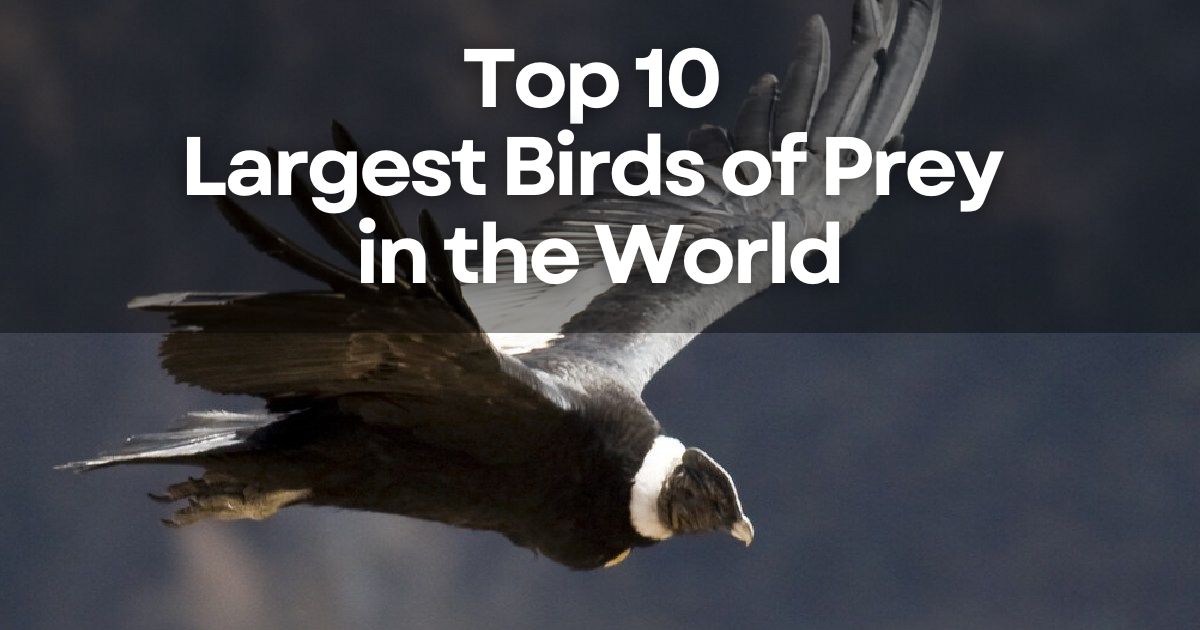Birds of prey have always captured the human imagination with their sheer power, agility, and striking presence. These apex predators dominate the skies, hunting with precision and strength. In this comprehensive article, we will delve into the ten largest birds of prey in the world, examining their physical attributes, habitats, and unique features. Each of these magnificent raptors showcases the diversity and adaptability of avian predators across different continents.
The term “birds of prey” refers to birds that hunt and feed on other animals. These avian predators possess exceptional vision, powerful talons, and robust beaks to catch and kill their prey. Among them, the largest birds of prey stand out due to their size, strength, and hunting prowess. From the forests of North and South America to the mountains of Central Asia, these birds command respect and awe. Let’s explore the top ten largest birds of prey in the world.
10. Eurasian Eagle Owl
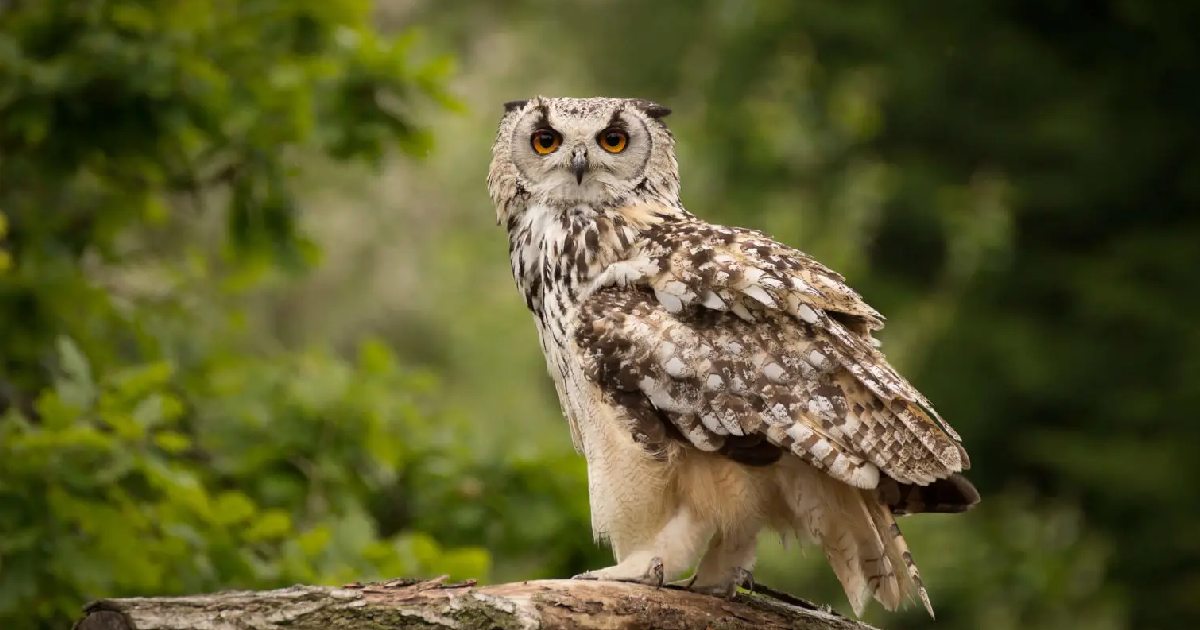
- Weight: Up to 4.2 kgs (9.2 lbs)
- Wingspan: 2 meters (6.5 feet)
- Key Feature: Largest and most powerful owl, capable of hunting mammals and birds.
The Eurasian Eagle Owl, found in the forests and mountains of Europe and Asia, is one of the most formidable owls in the world. This bird of prey, weighing up to 4.2 kgs (9.2 lbs) and boasting a wingspan of 2 meters (6.5 feet), is an apex predator in its habitat. It primarily preys on rodents, rabbits, and small foxes but is also known to hunt other birds and larger mammals. Despite its fearsome reputation, the Eurasian Eagle Owl is not a threat to humans, though it has been known to defend its territory fiercely.
This owl’s striking orange eyes, powerful talons, and silent flight make it a master of nocturnal hunting. Its call, a deep and resonant hoot, echoes through the night, signaling its presence. The Eurasian Eagle Owl’s adaptability to various environments, from dense forests to rocky cliffs, demonstrates its remarkable resilience and hunting efficiency.
9. Martial Eagle
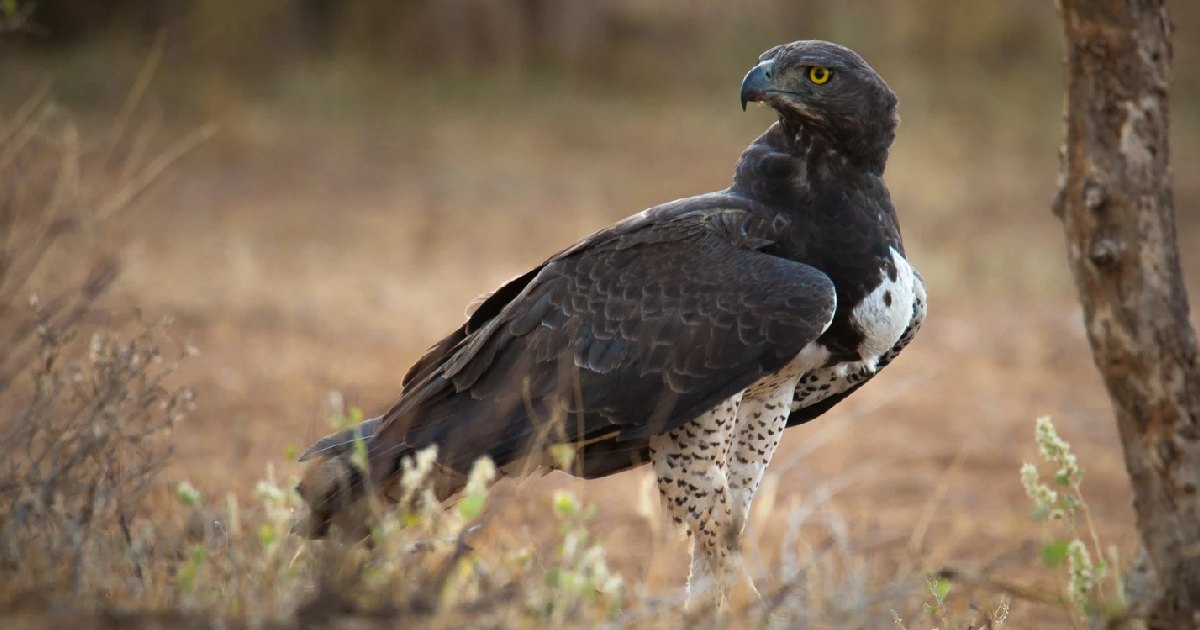
- Weight: Up to 6.2 kgs (13.6 lbs)
- Wingspan: 2.6 meters (8.5 feet)
- Key Feature: Africa’s largest eagle, known for its powerful build and hunting prowess.
The Martial Eagle, Africa’s largest eagle, is a powerful and majestic bird of prey. Weighing up to 6.2 kgs (13.6 lbs) and with a wingspan of 2.6 meters (8.5 feet), this raptor is a formidable hunter. It preys on a variety of animals, including birds, reptiles, and mammals, such as small antelopes. The Martial Eagle’s piercing yellow eyes and formidable talons enable it to spot and capture prey with incredible precision.
Despite its impressive size and strength, the Martial Eagle faces threats from human activities. Farmers often view it as a threat to livestock and resort to killing these magnificent birds. Conservation efforts are crucial to protect this species and maintain the ecological balance in its native habitats.
8. Philippine Eagle
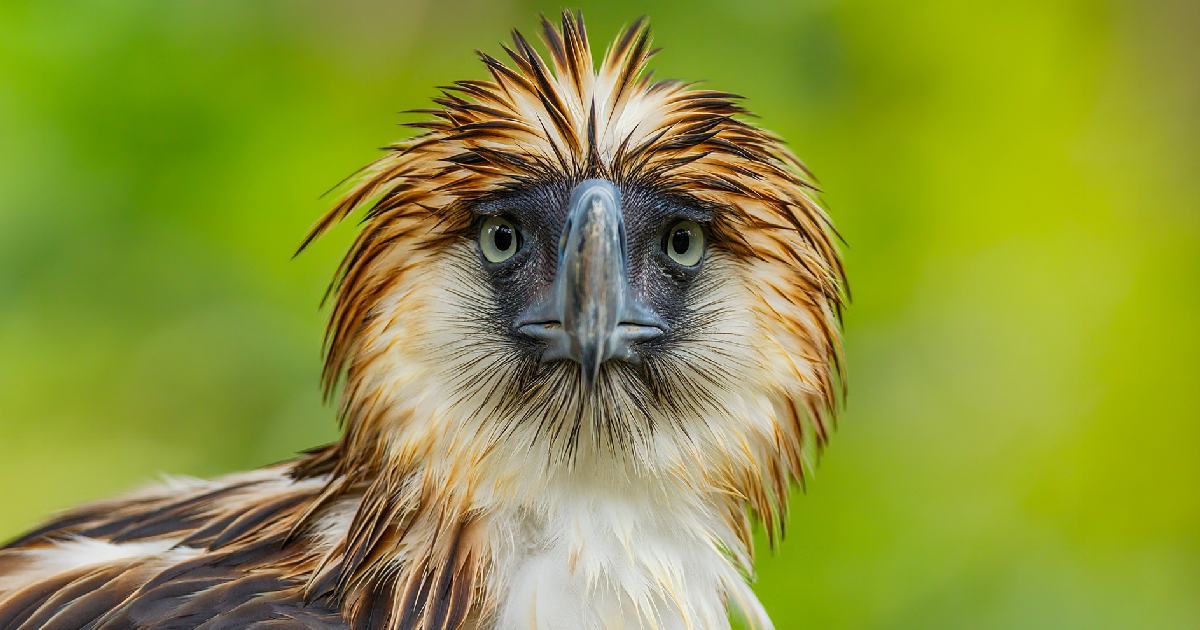
- Weight: Up to 7 kgs (15.3 lbs)
- Wingspan: 2 meters (6.5 feet)
- Key Feature: National symbol of the Philippines, known for its agility in forested habitats.
The Philippine Eagle, also known as the Monkey-eating Eagle, is a national treasure of the Philippines. This bird of prey, weighing up to 7 kgs (15.3 lbs) and with a wingspan of 2 meters (6.5 feet), is renowned for its hunting skills in dense forest environments. Its diet includes monkeys, large bats, lemurs, and occasionally, domestic animals such as pigs and dogs. The Philippine Eagle’s striking blue-gray eyes, massive beak, and impressive crest make it a distinctive and majestic predator.
Unfortunately, the Philippine Eagle is critically endangered due to habitat loss and hunting. Conservation programs are essential to protect and restore its populations. The survival of this magnificent bird symbolizes the broader efforts to preserve the rich biodiversity of the Philippine forests.
7. Steller’s Sea Eagle
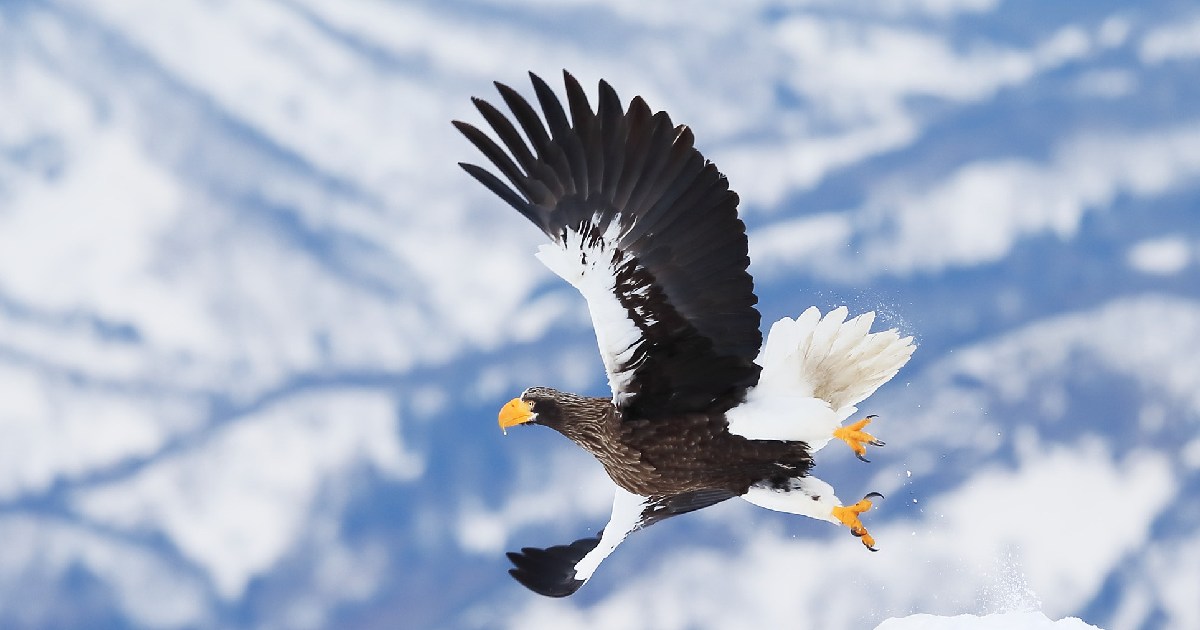
- Weight: Up to 9 kgs (19.8 lbs)
- Wingspan: 2.5 meters (8.1 feet)
- Key Feature: The heaviest eagle primarily preys on fish and occasionally on other birds and mammals.
Steller’s Sea Eagle, found in Russia and Japan, is the heaviest eagle in the world. Weighing up to 9 kgs (19.8 lbs) and with a wingspan of 2.5 meters (8.1 feet), this bird of prey is a formidable hunter of fish and other marine animals. It is known to prey on salmon, trout, and occasionally, other birds and small mammals such as baby seals. The Steller’s Sea Eagle’s striking white and dark brown plumage, along with its massive yellow beak, make it a distinctive and majestic sight.
Unfortunately, this species is listed as vulnerable due to habitat loss, pollution, and human disturbance. Conservation efforts are necessary to protect its habitat and ensure the survival of this magnificent eagle. The Steller’s Sea Eagle’s presence in the wild is a testament to the health of its aquatic ecosystems.
6. Harpy Eagles
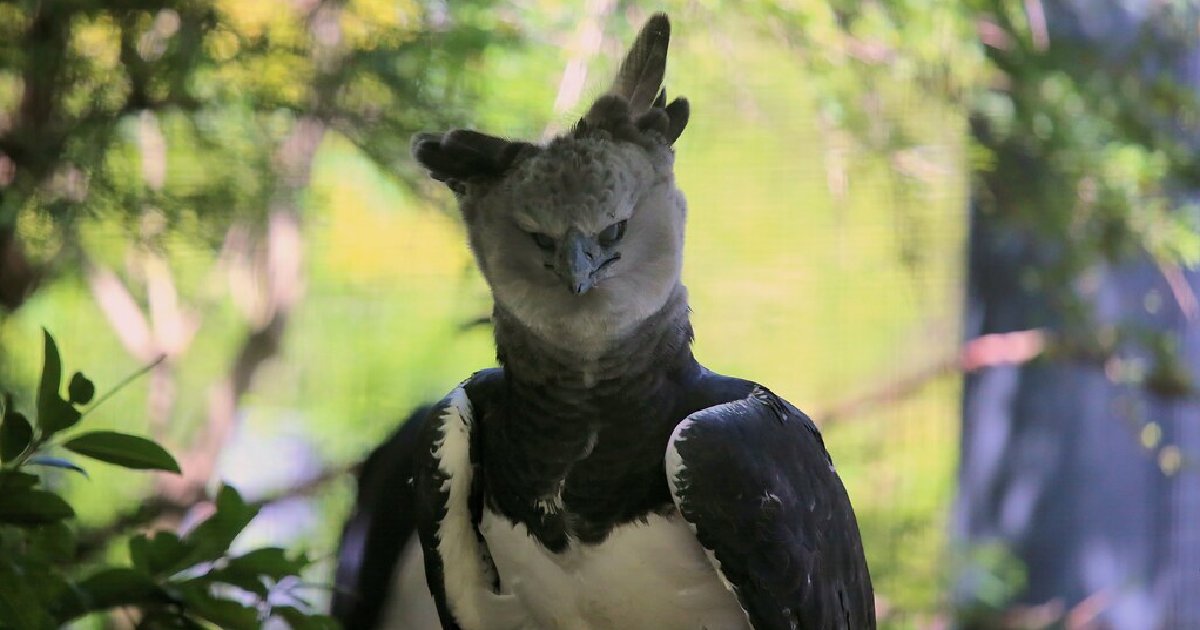
- Weight: Up to 9 kgs (19.8 lbs)
- Wingspan: 2 meters (6.5 feet)
- Key Feature: The most powerful eagle, with long talons and a strong grip capable of breaking a human’s arm.
Harpy Eagles, residing in the tropical rainforests of Central and South America, are the most powerful eagles in the world. Weighing up to 9 kgs (19.8 lbs) and with a wingspan of 2 meters (6.5 feet), these raptors possess incredibly strong talons and a grip capable of breaking bones. Their diet primarily includes sloths, monkeys, and large birds. The Harpy Eagle’s striking appearance, with a black and white crest and intense eyes, adds to its majestic presence.
These eagles are known for their adaptability in maneuvering through dense forest canopies, making them efficient hunters. Unfortunately, habitat destruction and human encroachment threaten their populations. Conservation initiatives are vital to protect the habitats of these magnificent birds and ensure their continued survival.
5. African Crowned Eagle

- Weight: Up to 4.7 kgs (10.4 lbs)
- Wingspan: 2 meters (6.5 feet)
- Key Feature: Known for its powerful build and ability to hunt large mammals in tropical African rainforests.
The African Crowned Eagle, also known as the Crowned Hawk-Eagle, is a powerful and aggressive raptor found in the rainforests of tropical Africa. Weighing up to 4.7 kgs (10.4 lbs) and with a wingspan of 2 meters (6.5 feet), this bird of prey is known for its formidable hunting skills. It preys on a variety of animals, including monkeys, small antelopes, and other mammals. The African Crowned Eagle’s striking plumage, with a combination of brown, black, and white feathers, and its piercing yellow eyes make it a majestic sight.
This eagle’s hunting prowess is evident in its ability to take down prey much larger than itself. Its powerful talons and strong beak enable it to crush the skulls of its prey. Conservation efforts are crucial to protect the habitats of this magnificent raptor and ensure its survival in the wild.
4. Bearded Vulture
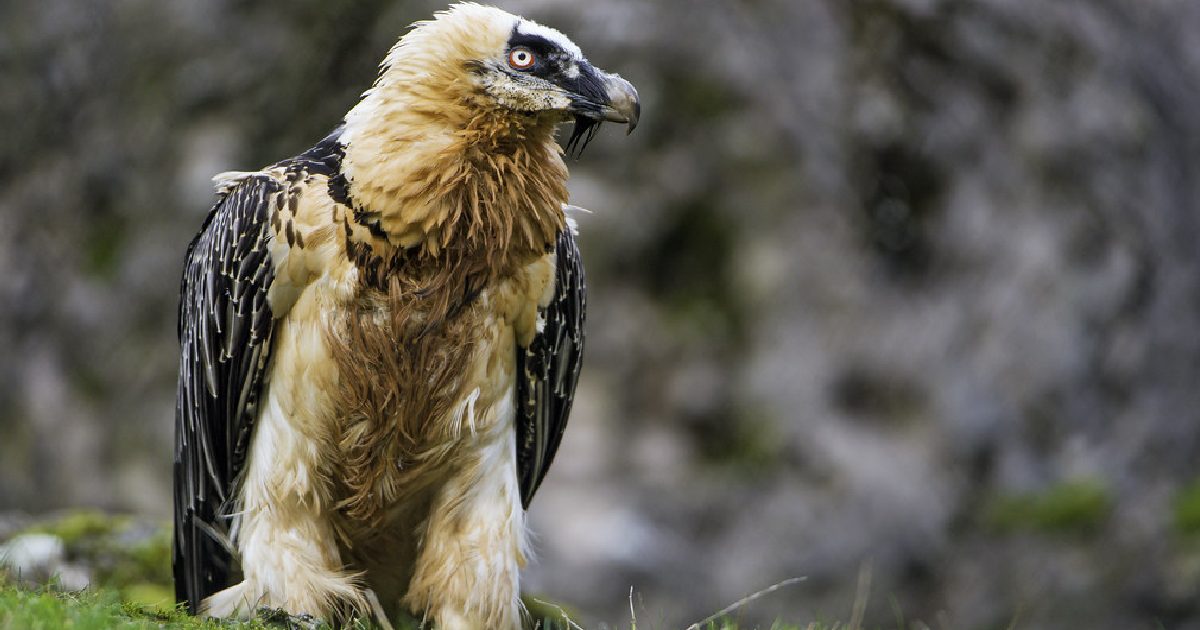
- Weight: Up to 8 kgs (17.7 lbs)
- Wingspan: 3 meters (9.8 feet)
- Key Feature: Known for feeding on bone marrow by dropping bones from great heights.
The Bearded Vulture, also known as the Lammergeyer, is one of the largest birds of prey in the world. Weighing up to 8 kgs (17.7 lbs) and with a wingspan of 3 meters (9.8 feet), this raptor is a master scavenger. It is known for its unique feeding habits, where it drops bones from great heights to break them and access the nutritious marrow inside. The Bearded Vulture’s striking appearance, with red and white plumage and a distinctive beard of feathers, adds to its majestic presence.
This vulture’s adaptability to various environments, from mountains to deserts, demonstrates its resilience and survival skills. Conservation efforts are essential to protect its habitats and ensure the survival of this unique and majestic bird of prey.
3. California Condor

- Weight: Up to 12 kgs (26.6 lbs)
- Wingspan: 3 meters (9.8 feet)
- Key Feature: Largest bird in North America, known for its impressive wingspan and scavenging habits.
The California Condor, the largest bird in North America, is an impressive sight with a wingspan of 3 meters (9.8 feet) and weighing up to 12 kgs (26.6 lbs). This bird of prey is known for its scavenging habits, feeding primarily on carrion such as deer, cattle, sheep, rabbits, and rodents. The California Condor’s striking black plumage and bald head, adapted for its scavenging lifestyle, make it a distinctive and majestic bird.
Unfortunately, the California Condor is critically endangered due to habitat loss, lead poisoning, and
human disturbance. Conservation programs, including captive breeding and habitat restoration, are crucial to protect this magnificent bird and ensure its survival in the wild.
2. Lappet Faced Vultures
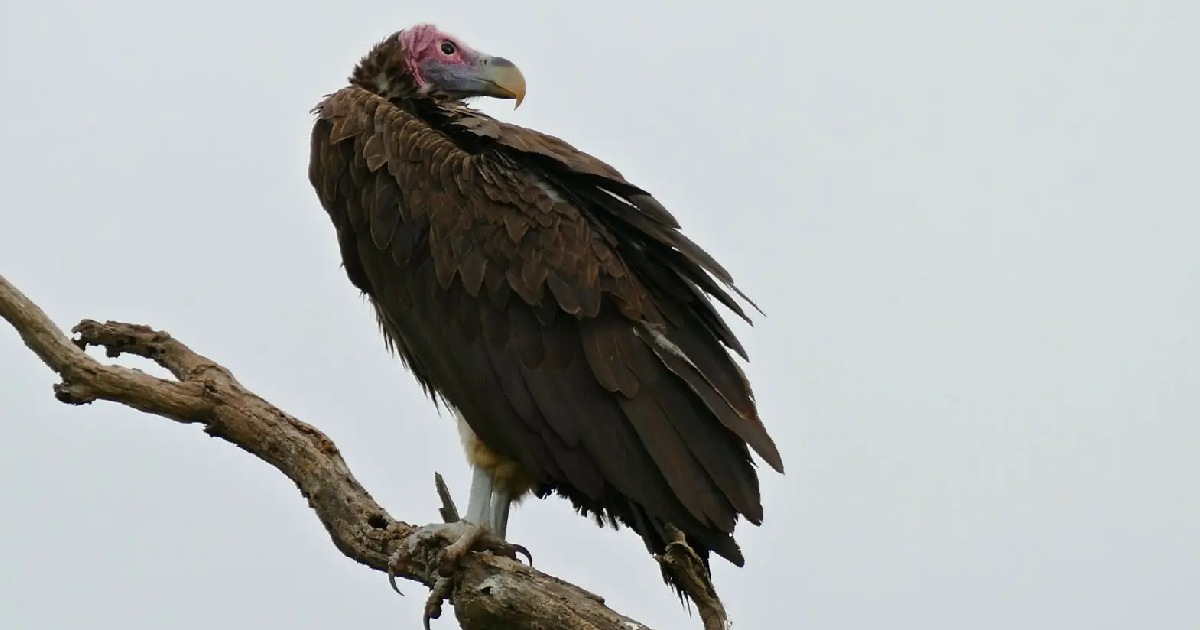
- Weight: Up to 14 kgs (30.8 lbs)
- Wingspan: 3 meters (9.8 feet)
- Key Feature: Known for its aggressive behavior and ability to take down large prey.
Lappet-Faced Vultures, found in the African savannahs and Arabia, are among the largest birds of prey in the world. Weighing up to 14 kgs (30.8 lbs) and with a wingspan of 3 meters (9.8 feet), these vultures are known for their aggressive behavior and formidable hunting skills. They prey on a variety of animals, including gazelles, antelopes, and flamingos. The Lappet-Faced Vulture’s striking appearance, with a combination of black, white, and red plumage, and its distinctive lappets (fleshy folds of skin) around its head make it a majestic and unique bird.
These vultures are also known to steal eggs and the young of other birds, showcasing their opportunistic feeding habits. Conservation efforts are essential to protect their habitats and ensure the survival of these magnificent birds of prey.
1. Andean Condor
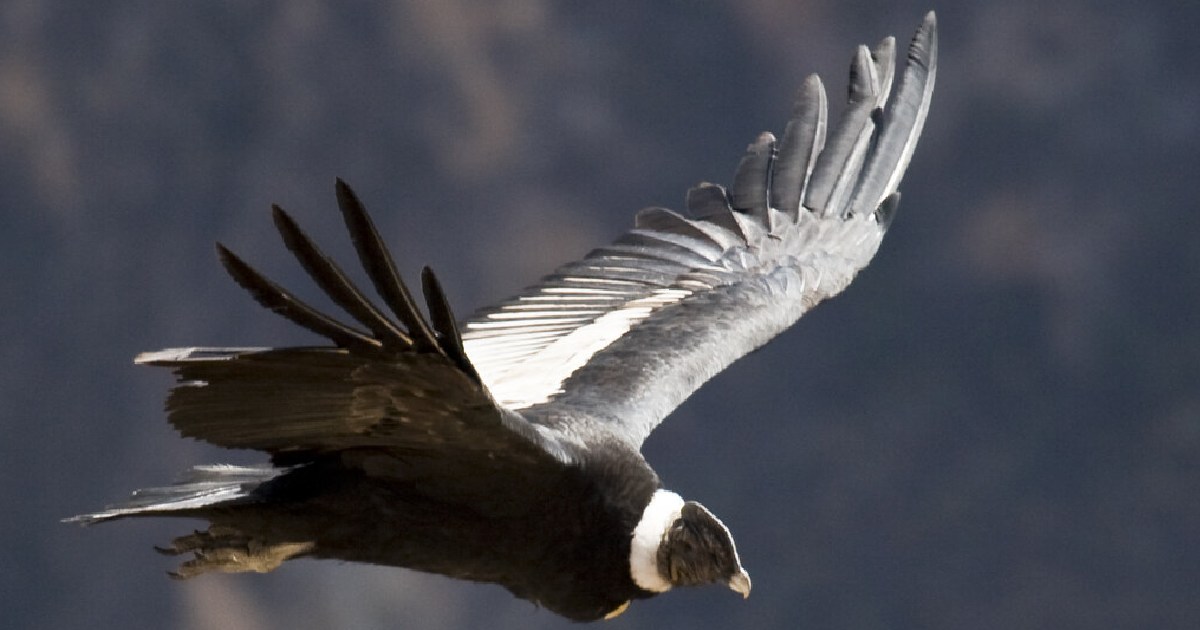
- Weight: Up to 15 kgs (33.1 lbs)
- Wingspan: 3 meters (9.8 feet)
- Key Feature: Largest bird of prey, known for its impressive wingspan and scavenging habits.
The Andean Condor, the largest bird of prey in the world, is an impressive sight with a wingspan of 3 meters (9.8 feet) and weighing up to 15 kgs (33.1 lbs). This largest flying bird of prey, found in the mountainous regions of South America, is known for its scavenging habits, feeding primarily on large carrion. The Andean Condor’s striking black and white plumage, bald head, and massive size make it a distinctive and majestic bird.
Unfortunately, the Andean Condor is listed as an endangered species due to habitat loss, hunting, and human disturbance. Conservation programs, including captive breeding and habitat restoration, are crucial to protect this magnificent bird and ensure its survival in the wild.
Conclusion
The largest birds of prey in the world, including those that are not mentioned, such as the Golden Eagle, showcase the diversity and adaptability of avian predators across different continents. From the forests of Central and South America to the mountains of Eurasia, these birds command respect and awe. These largest flying birds have impressive size, strength, and hunting prowess, making them true masters of the skies. Conservation efforts are essential to protect their habitats and ensure the survival of these magnificent birds of prey for future generations. The presence of these birds, such as the Harpy Eagle, California Condor, and Andean Condor, highlights the importance of preserving our natural world and the incredible wildlife it supports.
Frequently Asked Questions (FAQs)
What is the largest bird ever recorded?
The largest bird ever recorded is the now-extinct Elephant Bird (Aepyornis) of Madagascar. These birds stood up to 3 meters (10 feet) tall and weighed as much as 500 kg (1,100 lbs). Despite their massive size, they were flightless and primarily herbivorous. They became extinct around 1,000 years ago, likely due to human activity.
Is a condor bigger than an eagle?
Yes, a condor is generally bigger than an eagle. The Andean Condor, the largest flying bird, has a wingspan of up to 3 meters (9.8 feet) and can weigh up to 15 kgs (33.1 lbs). In comparison, the largest eagle, such as the Steller’s Sea Eagle, has a wingspan of up to 2.5 meters (8.1 feet) and weighs up to 9 kg (19.8 lbs). Condors are larger in both wingspan and weight.
What is the world’s heaviest bird of prey?
The world’s heaviest bird of prey is the Andean Condor. These magnificent birds can weigh up to 15 kgs (33.1 lbs), making them the heaviest among all raptors. Their impressive wingspan, reaching up to 3 meters (9.8 feet), also makes them one of the largest flying birds. Found in the mountains of South America, they are primarily scavengers feeding on large carrion.
Which is the largest high-flying bird of prey?
The largest high-flying bird of prey is the Andean Condor. With a wingspan of up to 3 meters (9.8 feet) and weighing up to 15 kgs (33.1 lbs), these birds soar at high altitudes in the Andes Mountains. Their ability to glide effortlessly on thermal updrafts allows them to cover vast distances in search of carrion, making them the largest and one of the highest-flying raptors.
What is the biggest bird of prey of all time?
The biggest bird of prey of all time is the Argentavis magnificens, an extinct species that lived around 6 million years ago in Argentina. This prehistoric bird had an estimated wingspan of up to 7 meters (23 feet) and weighed between 70 to 72 kgs (154 to 159 lbs). Argentavis is considered the largest flying bird ever, surpassing modern raptors in both size and weight.

